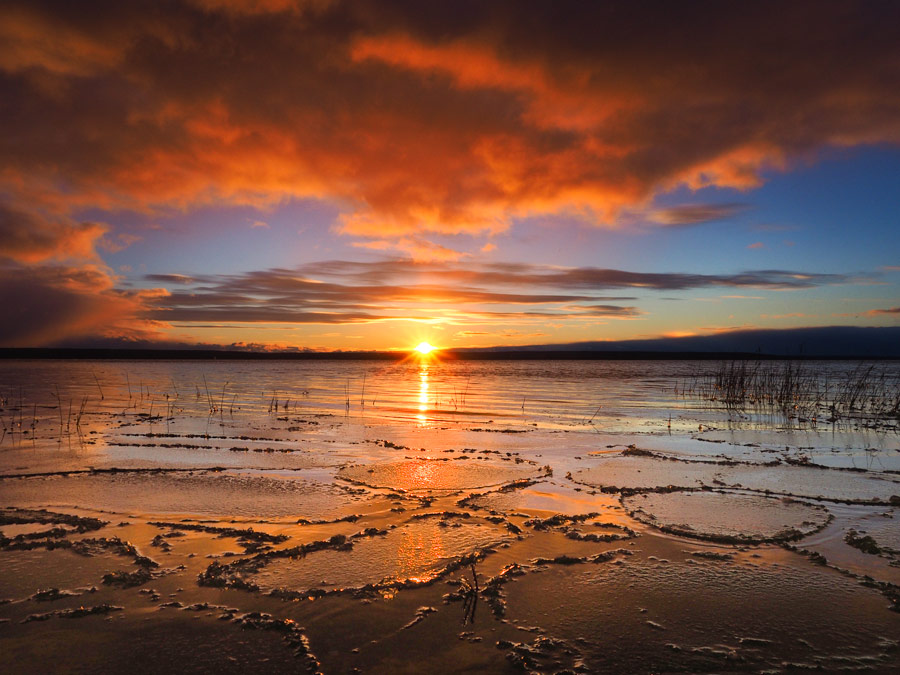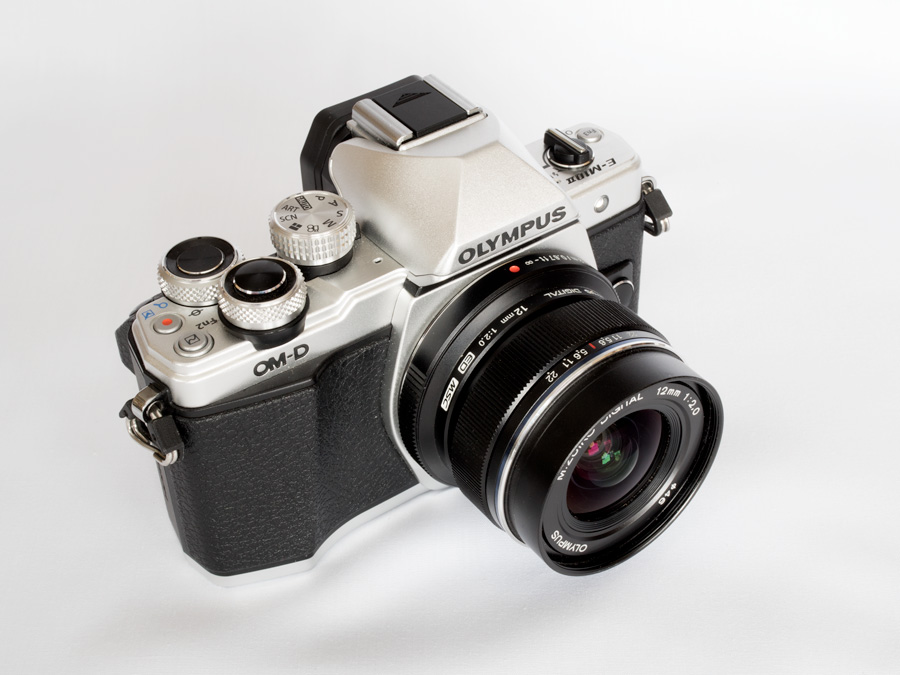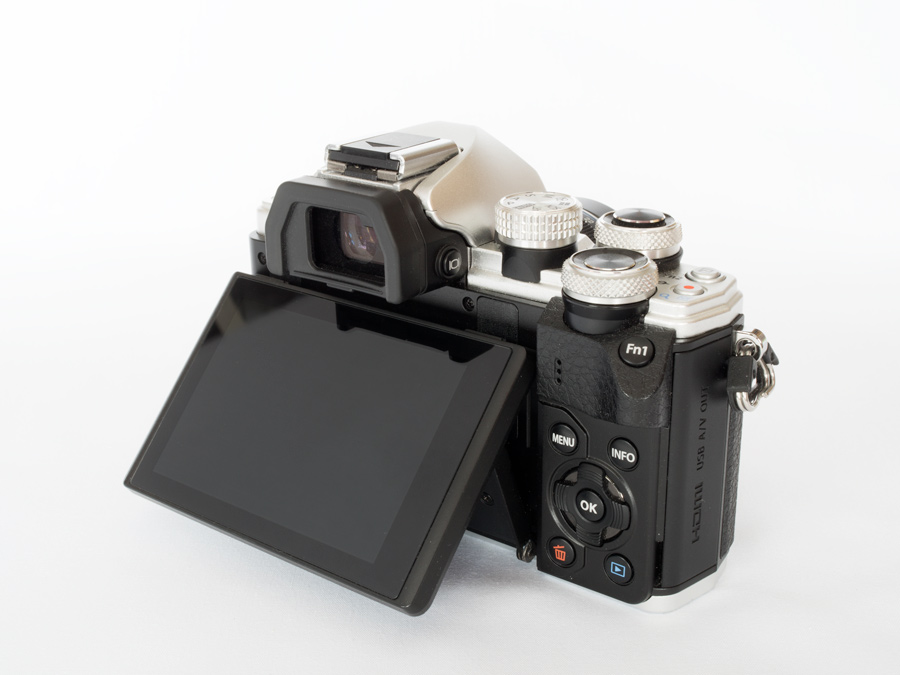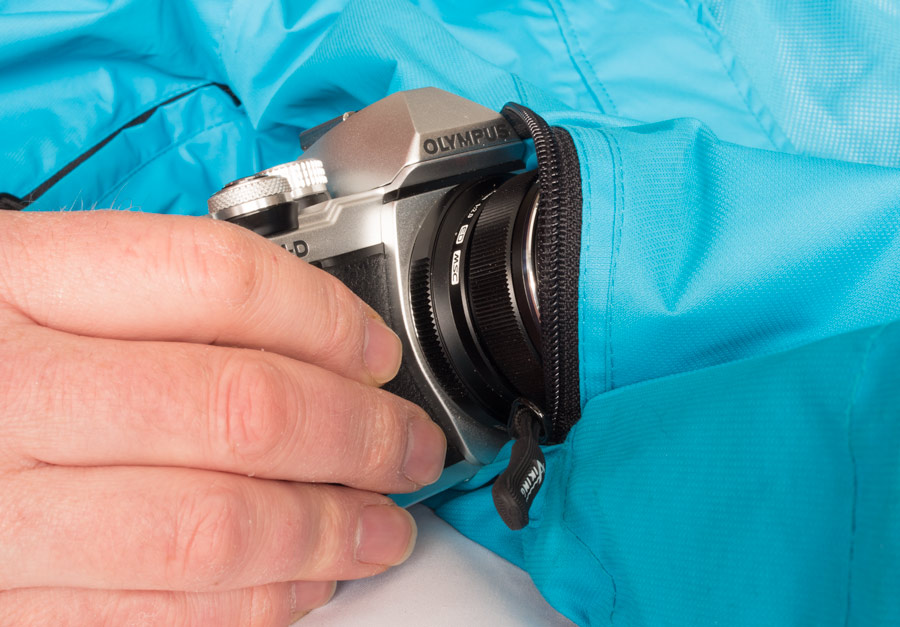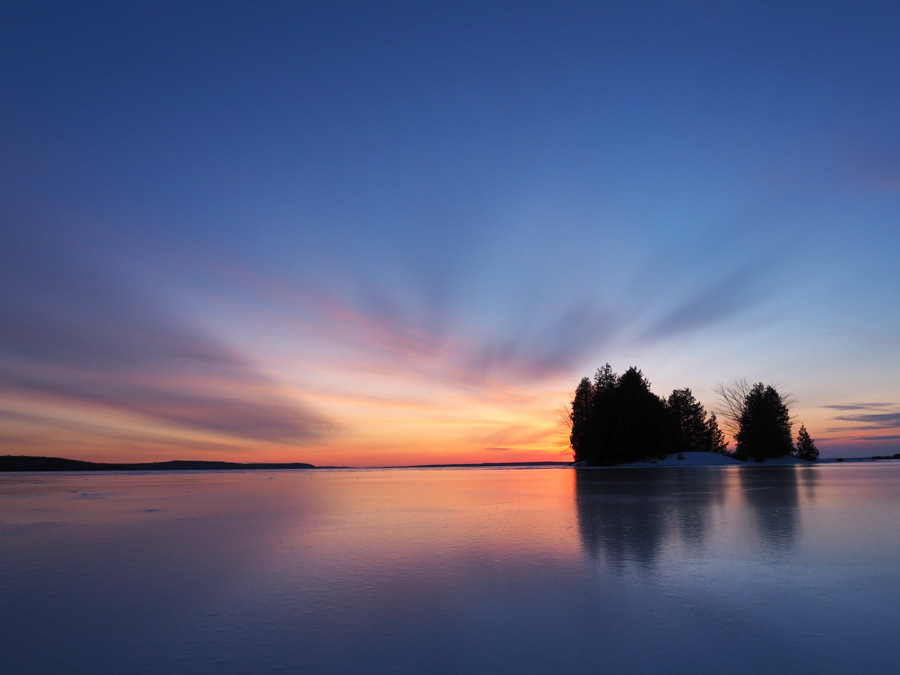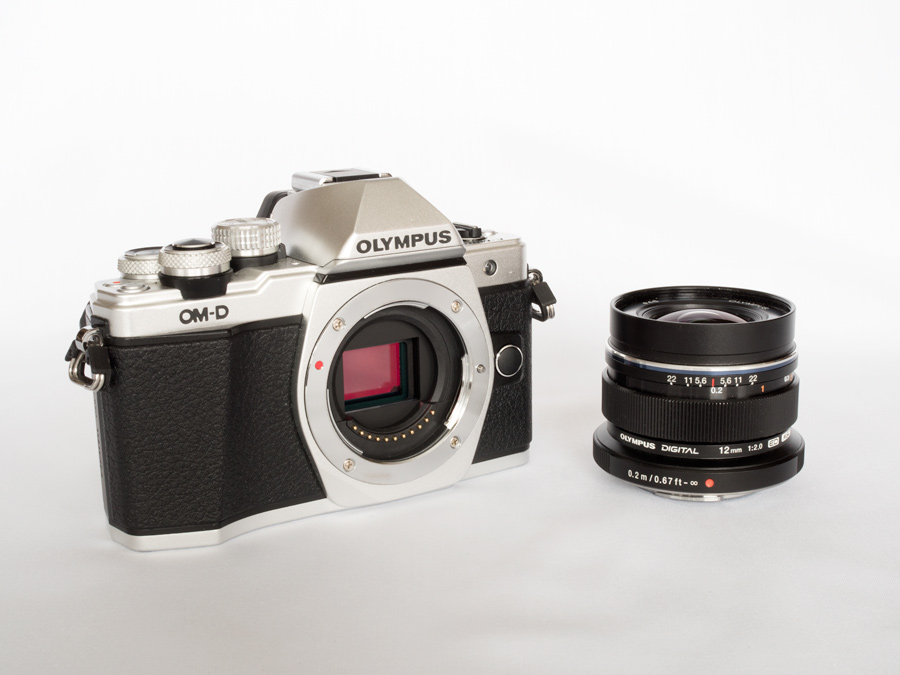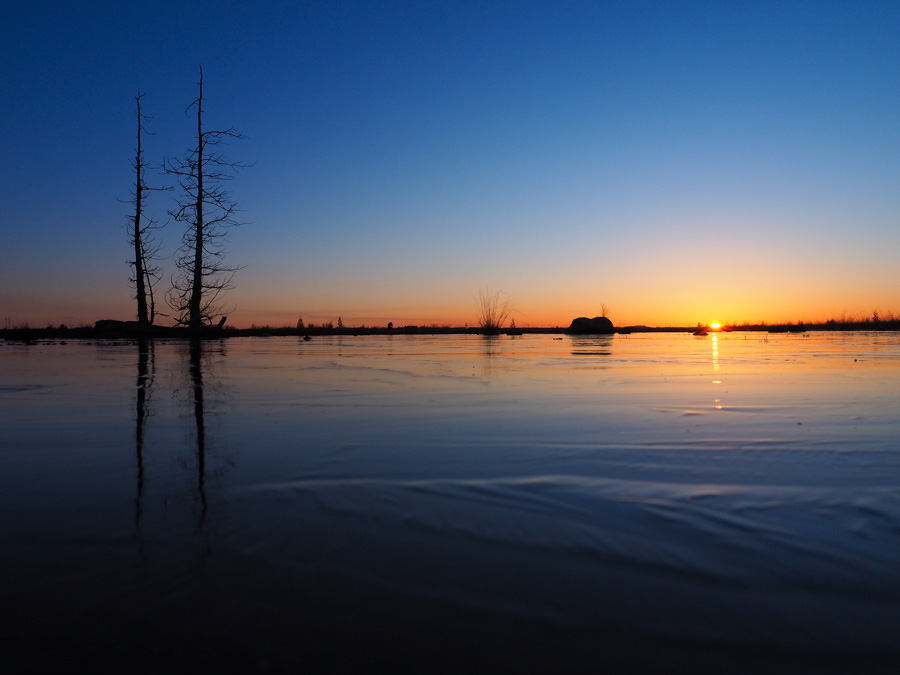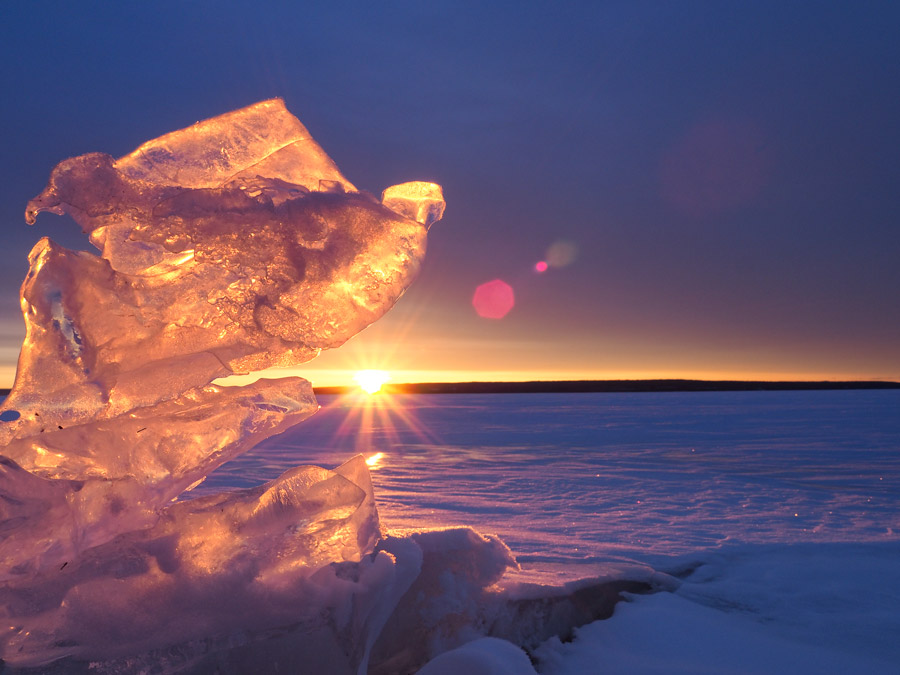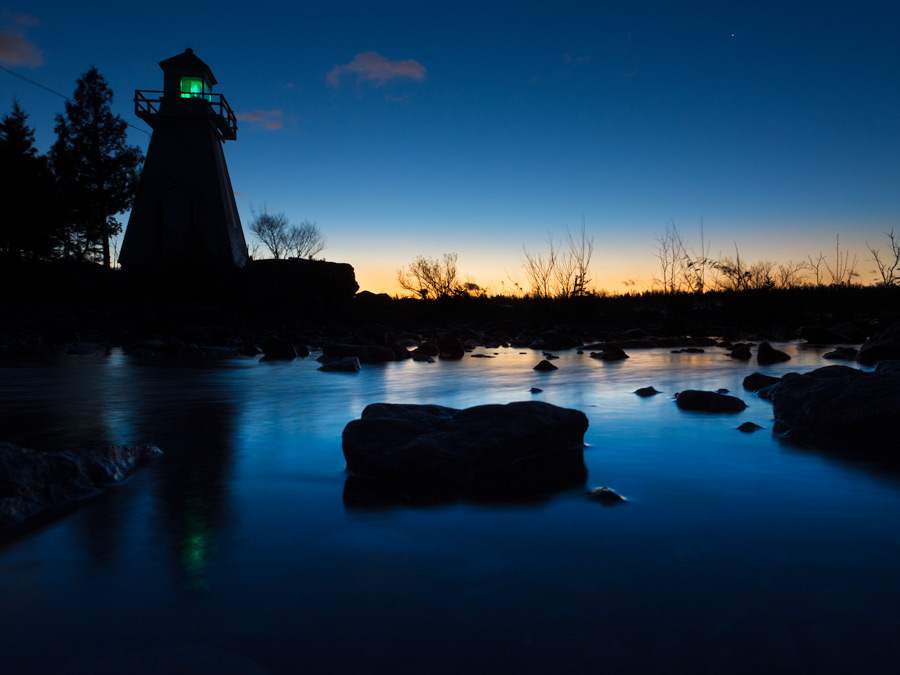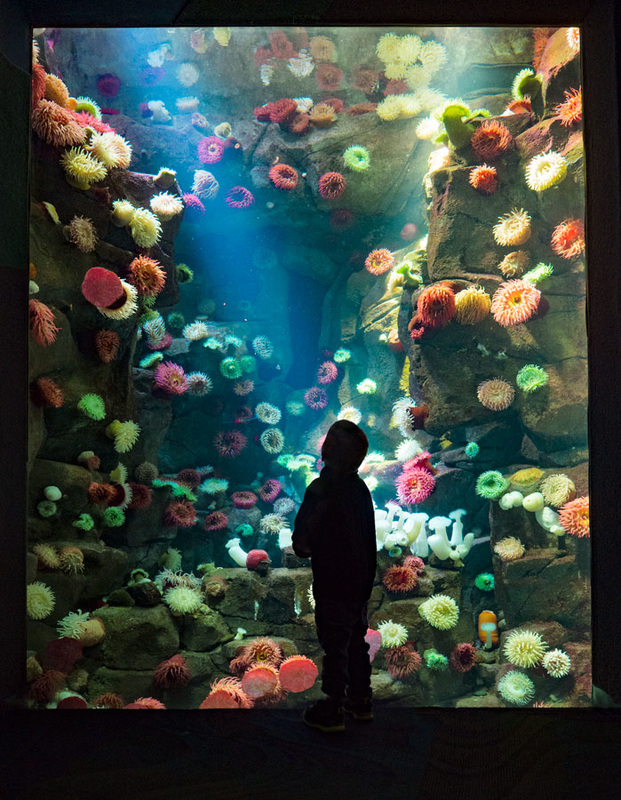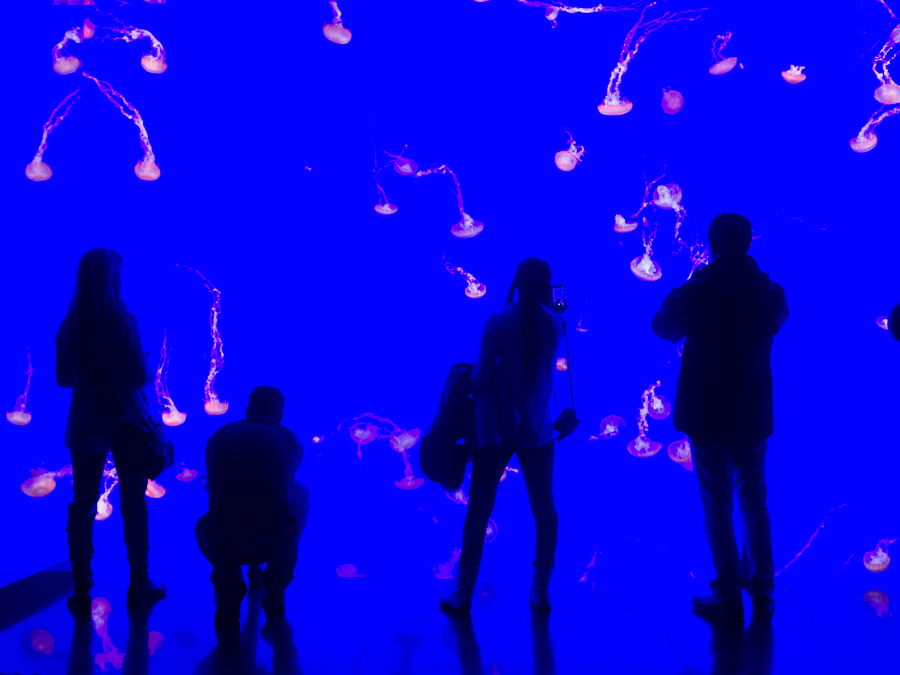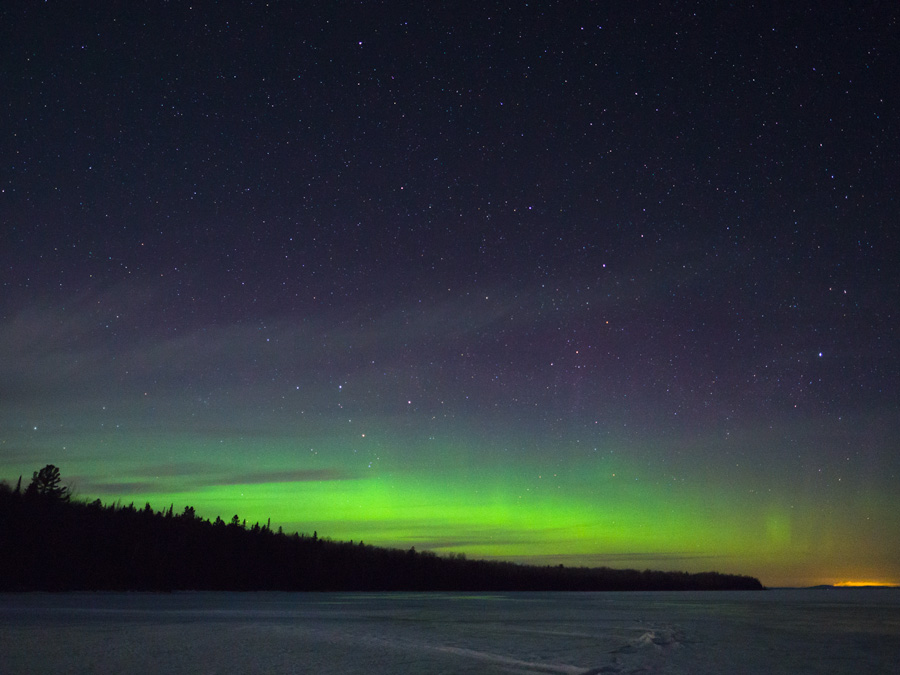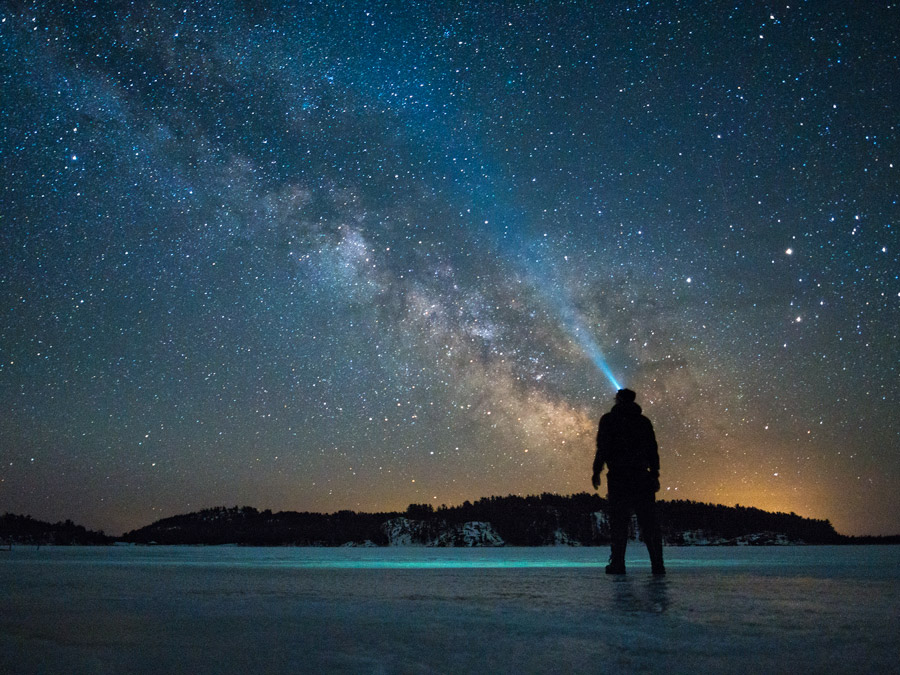|
The OLYMPUS OMD E-M10 MARK II and 12mm F/2.0 LENS
As an Olympus Trailblazer I have the remarkable opportunity to shoot with practically any camera body and lens that Olympus makes. As a nature/landscape photographer I admit that I usually turn to one of the weather-sealed options from Olympus - either the E-M1 or the E-M5 II. After all, I often find myself in weather conditions that may not be favourable. So why am I writing a post on the E-M10 II and 12mm f/2.0? Quite honestly, more and more often I find myself reaching for this exceptional combination.
The E-M10 II has three important features going for it - size, power and image quality. Let's look at each.
Size The E-M10 II is incredibly compact. It measures 119.5mm (W) x 83.1mm (H) x 46.7mm (D) and weighs 390g with battery and memory card. At a glance, those numbers may not mean much, but when compared to some other cameras, the E-M10 Mark II is 40% smaller and 22% lighter than the E-M1, and approximately 55% smaller than the typical dSLR with an APS-C sensor. Practically speaking, this means that the E-M10 II can go almost anywhere without weighing you down. I use it to capture landscapes, but at that size I can also take it anywhere else - my grandkids' school concert, a restaurant, or out for some street photography. If I only want to take one camera, this is the one that I pack. It easily fits into a coat pocket, small camera bag or a purse (my wife's purse in my case).
Power
This is where the E-M10 II really shines. I am thoroughly impressed with the feature set built into this camera. For a complete list, check out the Olympus website, but for me some of the important features include;
Of course, image quality is highly dependent on the lens that you put in front of the sensor, and that leads me to the second part of the my post.
The M.Zuiko Digital ED 12mm f/2.0 When I first picked up the 12mm f/2.0 I couldn't get over the small size - a mere 56mm (diameter) by 43mm. But don't let the size fool you. This piece of glass ranks as one of my favourite landscape and astrophotography lenses. At a maximum aperture of f/2.0, it can easily handle low-light conditions, both indoors and out, and has a wide field of view, almost 90 degrees, that is perfect for many shooting situations. With all-metal construction it feels solid in the hand, yet adds very little weight to camera - only 130 g. The total weight of the body and lens combination is 520g - just a little more than a 16-ounce Grande at Starbucks! Perhaps my favourite feature of this lens (and many Olympus lenses) is the focus-ring clutch mechanism. Retract the focus ring to engage manual focusing. The lens includes distance and depth-of-field markings that makes zone focusing easier - a useful feature for street shooting. It also has solid stops at both ends of the focusing range. With a minimum focusing distance of 20cm you can also get incredibly close to your subject.
Final Words and Photos
If you are looking for a great camera and lens combination, the E-M10 Mark II and M.Zuiko 12mm f/2.0 is it. I use it as a supplementary landscape camera and all-round everyday shooter. It also makes a great camera for travel, where packing light is key. Of course, a single lens won't handle every situation. Olympus offers a variety of other prime lenses that you might want to consider packing in your pocket. Both the 17mm f/1.8 and the 25mm f/1.8 are solidly built lenses that will allow you to travel light but never sacrifice image quality. If you are looking for an entry-level camera that you can grow into, a supplementary model that you can add to your present kit, or a great travel option, the E-M10 Mark II and M.Zuiko 12mm f/2.0 combination is something you may want to consider.
23 Comments
Ted Bowling
7/21/2016 04:35:51 pm
Great Post. I have been thinking of getting a smaller camera to supplement my EM1 and pro lenses. This camera lens combination looks perfect. I'm a big fan of the 24 mm view. Cheers!
Reply
Peter
7/21/2016 09:14:20 pm
Thanks, Ted. If you decide to purchase the E-M10, you won't be disappointed.
Reply
Peter
10/17/2016 04:09:05 am
Thanks, Marcel for taking the time to comment.
Reply
Ken Thomas
10/17/2016 06:23:12 am
You state in the 'Power' section that the camera has Focus Bracketing and Focus Stacking, This is incorrect. Only the E-M1 has Focus Stacking; both the E-M10 II and E-M5 II have Focus Bracketing but not Stacking.
Reply
Peter
10/17/2016 06:26:37 am
Thanks for the fact checking, Ken. It has now been corrected.
Reply
Andy
10/28/2016 04:26:27 pm
What do you think of the Rokinon/Samyang 12mm F2.0 alternative for the m.zuiko?
Reply
3/17/2020 09:37:33 pm
I really like these pictures. It captures many beautiful moments. If you use a good camera
Reply
Lin Troski
2/28/2017 01:50:12 pm
I have so many questions. Can the Olympus ed Mark II, also do time lapse photos? I wanted the sky to move not the remainder.
Reply
Peter
3/1/2017 07:54:08 am
Hi Lin. If I understand you correctly you want to blend cloud movement over a longer period of time. You can achieve that by using the time lapse feature and stacking the images in a software application like StarStax. One other option is to use the Live Composite feature on Olympus cameras. I have another blog post that highlights that (http://www.creativeislandphoto.com/blog/live-composite-beyond-the-stars). I hope that helps.
Reply
Hartsantos
3/3/2017 09:04:16 pm
I have tried Olympus OMD EM10 ii with Samyang lens 12mm f.2, but I was disappointed that the wide angle appeared to be just the same as my other Sony NEX5 with 18-55mm. This is something I didn't consider well before that Olympus OMD EM10 ii is a micro 4/3 camera, while Sony is full frame, so practically any wide angle on Olympus will show only 3/4 of actual size. Do you think the Zuiko 12mm lens will make a difference?
Reply
Eric
3/21/2017 10:30:43 am
Hi, I love my M10II as well, but have been having difficulty focusing with the 9-18mm lens for astrophotography. I've been thinking to get the 12mm lens, not only for astrophotography but because it is much faster too. How do you find the infinity focusing for astrophotography on the 12mm? If it's a major pain, I may just go to the Rokinon 12mm but would prefer the Oly 12mm for fast wide angle shooting around town.
Reply
Luke
4/26/2017 01:56:58 pm
Hey Eric!
Reply
eric
4/27/2017 07:53:33 am
Thanks! I shall try that. I got the Oly 12mm anyway. I was hoping to have a chance to use it on some night skies on a recent trip but the weather did not cooperate. Indoor shots were stunning though!
Susanna
6/8/2017 12:32:55 pm
Hi!
Reply
Peter
6/8/2017 03:43:35 pm
Hi Susanna,
Reply
Nicole
7/12/2017 01:51:40 am
I'm thinking about getting this camera and this lens, as well as the 17mm F1.8. However I'm sort of on a budget and would prefer to get just one lens, either the 12mm or the 17mm. Which would you recommend for street/travel/landscape if i had to go with one or the other lens?
Reply
Awesome article! I may sound crazy but after shooting for close to 7 years with an old Olympus E-PL1 I’m looking to upgrade and get back into semi-pro / pro work. Long story short I used to shoot semi-pro with a Cannon DSLR till life happened, and all I ended up with was the little Olympus Pen.
Reply
Yacine
4/18/2018 08:46:23 am
Hi nice article, what do you think about the same combo but with the omd-E-m10 which is the version just before the mark ii ?
Reply
Ronald Jones
7/3/2018 09:39:23 pm
This camera will arrive on Thursday with the kit lens. I now know what lens to get next. With a focus of wildlife deep in the mountains, is there a prime lens you would recommend after the 12mm?
Reply
James
10/16/2018 05:34:40 am
Great post, I am looking at stepping up to the M10 from a entry level canon DSLR. I mainly do landscape and mountain photography, what lense would you recommend, is the 12mm suitable all round?
Reply
Peter
10/16/2018 05:53:28 am
James, the 12mm lens is still available and I use it quite often. This is an older post and Olympus now has the E-M10 Mark III which has some very nice improvements over its two predecessors.
Reply
Leave a Reply. |
AuthorPeter Baumgarten is a professional photographer and educator. He is also an Olympus Visionary and NiSi Official Photographer. Categories
All
|
